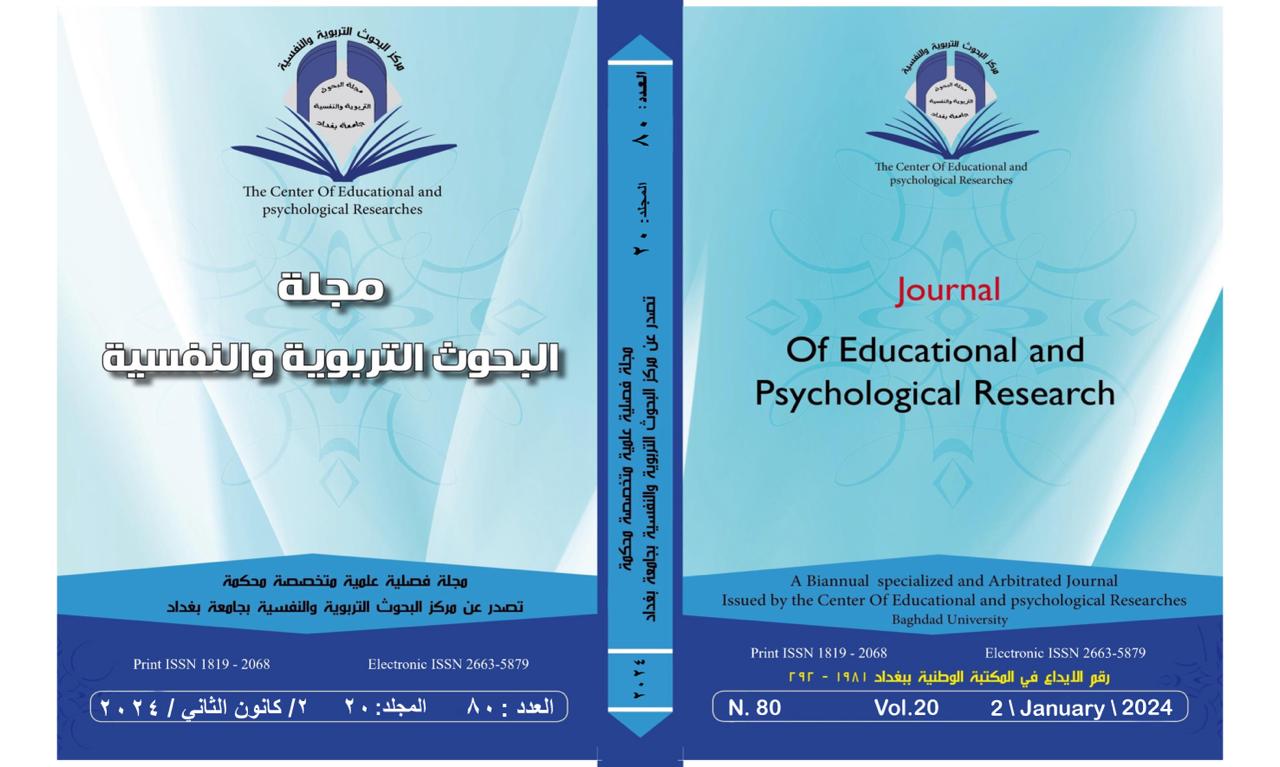Visual Memory of the Hearing Impaired
Keywords:
visual memory, , hearing impairedAbstract
The current research aims to identify visual memory and the differences among hearing-impaired children (4-6). In order to achieve the objectives of the research, the researcher has constructed a test of visual memory using the Baddely model (1986–1999), which consisted of 23 items with two alternatives: (1) for the correct answer and (0) for the incorrect answer. The hypothetical average was 11.5; the higher the score, the greater the visual memory of hearing-impaired children. The test has psychometric properties (validity and reliability). The researcher used the Jackson equation to extract the validity of the items: one-sample t-test, two-independent samples t-test, Keuder-Richardson, the correlation coefficient (point-material), and two-way ANOVA. The results showed hearing-impaired children, whose ages range from 4-6, have a high level of visual memory. The researcher came up with several recommendations and suggestions in light of the research findings. The use of modern visual teaching aids to develop the growth of visual memory. Conducting research based on some cognitive strategies for improving visual memory.


